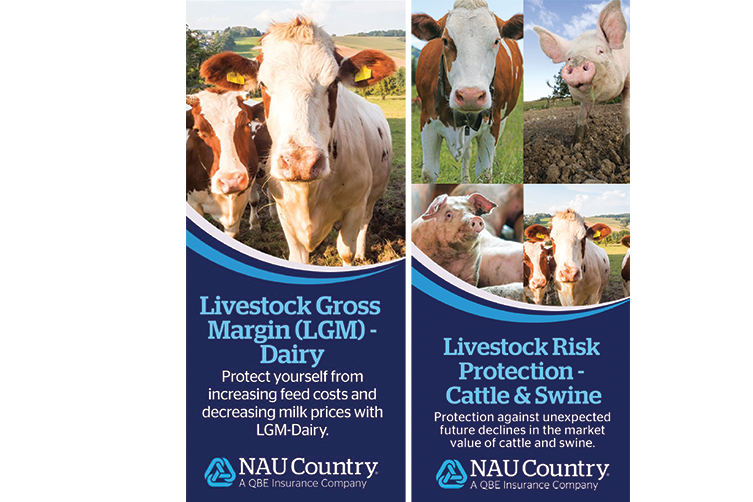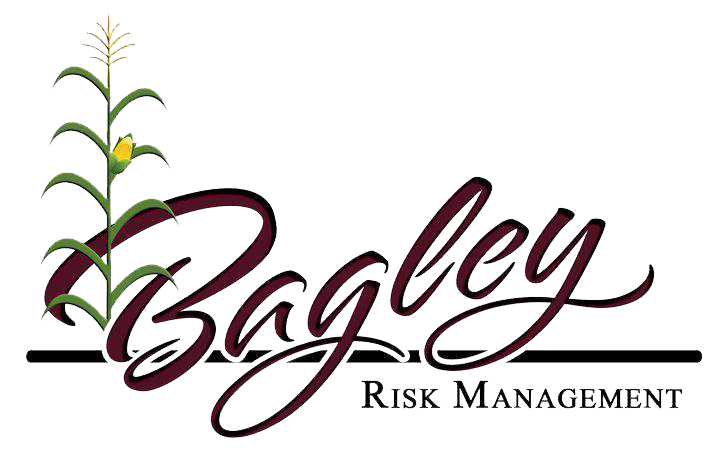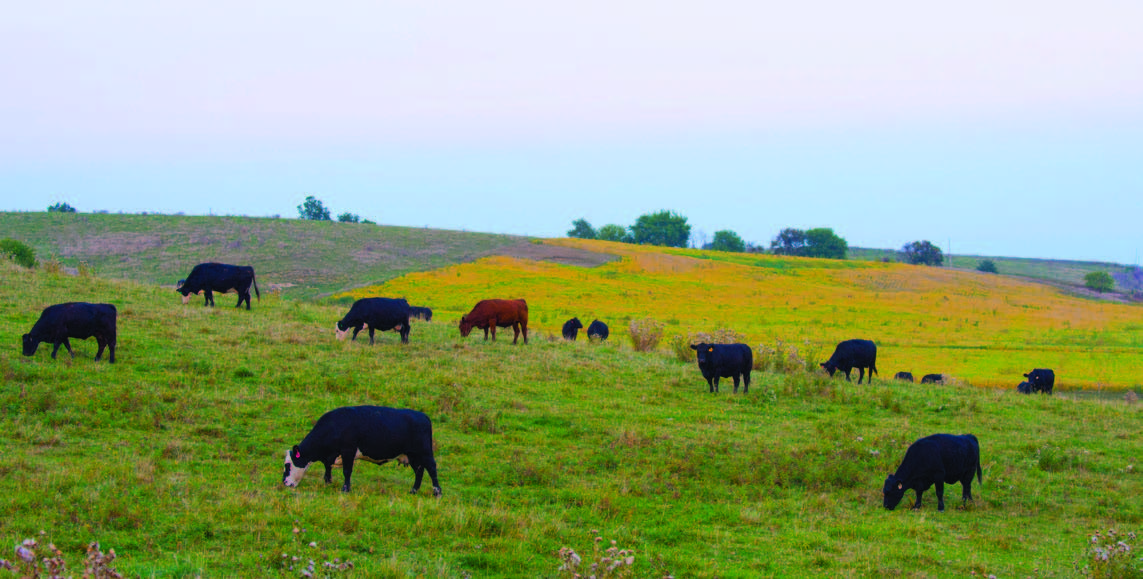Navigating Service Risks with Bagley Risk Management
Wiki Article
Comprehending Livestock Danger Security (LRP) Insurance Policy: A Comprehensive Overview
Navigating the realm of animals risk protection (LRP) insurance coverage can be a complex endeavor for many in the agricultural industry. From how LRP insurance operates to the various insurance coverage choices available, there is much to reveal in this thorough overview that can possibly shape the method livestock producers come close to threat administration in their businesses.

How LRP Insurance Functions
Occasionally, recognizing the technicians of Livestock Danger Security (LRP) insurance policy can be intricate, but damaging down exactly how it works can provide quality for ranchers and farmers. LRP insurance is a danger monitoring device developed to secure livestock manufacturers versus unforeseen rate declines. The plan allows producers to establish a coverage degree based upon their certain requirements, selecting the number of head, weight range, and protection rate. As soon as the plan remains in area, if market value drop listed below the coverage cost, producers can file a case for the difference. It is essential to keep in mind that LRP insurance policy is not an earnings assurance; rather, it focuses solely on price danger protection. The coverage period typically ranges from 13 to 52 weeks, offering versatility for manufacturers to choose a period that lines up with their production cycle. By making use of LRP insurance policy, ranchers and farmers can reduce the economic dangers related to varying market prices, making sure greater security in their procedures.Eligibility and Protection Options

When it comes to coverage options, LRP insurance coverage offers manufacturers the adaptability to select the coverage degree, protection period, and endorsements that ideal fit their risk management requirements. By understanding the eligibility standards and protection choices offered, animals manufacturers can make informed decisions to manage risk efficiently.
Benefits And Drawbacks of LRP Insurance
When evaluating Animals Danger Protection (LRP) insurance, it is necessary for animals producers to consider the disadvantages and advantages integral in this threat management tool.
One of the main benefits of LRP insurance coverage is its capability to give defense against a decrease in animals rates. Additionally, LRP insurance offers a degree of adaptability, enabling manufacturers to personalize protection levels and plan periods to suit their particular requirements.
However, there are also some drawbacks to think about. One limitation of LRP insurance coverage is that it does not secure against all kinds of dangers, such as condition episodes or all-natural disasters. Premiums can occasionally be costly, especially for manufacturers with huge animals herds. It is essential for manufacturers to very carefully assess their specific danger exposure and economic situation to determine if LRP insurance coverage is the ideal threat management tool for their operation.
Recognizing LRP Insurance Policy Premiums

Tips for Making Best Use Of LRP Benefits
Optimizing the advantages of Livestock Threat Security (LRP) insurance policy requires critical planning and positive threat management - Bagley Risk Management. To take advantage of your LRP coverage, consider the adhering to suggestions:Frequently Analyze Market Problems: Remain informed regarding market trends and rate variations in the animals industry. By checking these aspects, you can make informed choices about when to purchase LRP insurance coverage to safeguard versus potential losses.
Set Realistic Insurance Coverage Degrees: When selecting coverage levels, consider your production expenses, market price of livestock, and prospective risks - Bagley Risk Management. Establishing realistic coverage levels ensures that you are properly protected without click here to read overpaying for unnecessary insurance coverage
Expand Your Protection: Instead of counting exclusively on LRP insurance coverage, take into consideration diversifying your danger monitoring strategies. Integrating LRP with other threat management devices such as futures agreements or alternatives can offer thorough coverage against market uncertainties.
Evaluation and Change Insurance Coverage Consistently: As market problems alter, regularly review your LRP insurance coverage to ensure it aligns with your present risk direct exposure. Changing insurance coverage levels and timing of acquisitions can assist optimize your danger security technique. By adhering to these tips, you can take full advantage of the benefits of LRP insurance coverage and guard your livestock operation against unpredicted risks.
Final Thought
Finally, animals risk defense (LRP) insurance is a valuable device for farmers to manage the monetary dangers related hop over to these guys to their animals operations. By understanding just how LRP works, eligibility and coverage options, in addition to the pros and cons of this insurance policy, farmers can make educated decisions to safeguard their incomes. By meticulously considering LRP costs and implementing approaches to maximize advantages, farmers can alleviate prospective losses and guarantee the sustainability of their procedures.
Livestock manufacturers interested in obtaining Animals Threat Security (LRP) insurance coverage can explore an array of eligibility requirements and insurance coverage alternatives customized to their navigate to this website details livestock procedures.When it comes to coverage alternatives, LRP insurance uses manufacturers the flexibility to pick the protection degree, coverage period, and endorsements that best suit their danger monitoring needs.To grasp the complexities of Livestock Threat Defense (LRP) insurance totally, recognizing the aspects influencing LRP insurance premiums is important. LRP insurance premiums are figured out by different aspects, consisting of the protection degree chosen, the anticipated price of animals at the end of the coverage period, the type of animals being guaranteed, and the length of the insurance coverage period.Evaluation and Readjust Protection On a regular basis: As market problems alter, periodically evaluate your LRP protection to ensure it straightens with your current danger exposure.
Report this wiki page